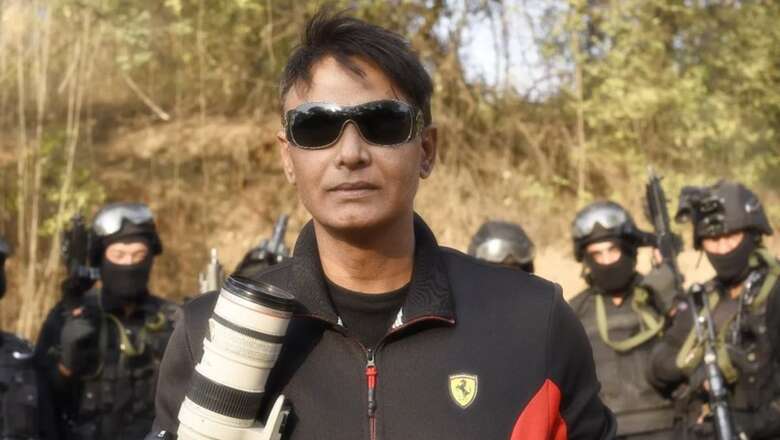
views
When NSG releases its annual calendar, it not only goes viral on social media but also creates a craze among the youth. The NSG calendar for 2024 is a combination of art, action, and style, featuring sixteen captivating images of the elite Black Cat Commandos in action. It is created by the renowned action photographer Pravin Talan and his associate photographer Rupali Saagar.
The 8th edition of the NSG calendar was released by Mr. M A Ganapathy, Director General, National Security Guard recently. The calendar this year features some unique shots as those of the CBRN attack combat team, drone killers and CornerShot gun.
A post shared by The Art of Visuals (@the_artofvisuals)
In an exclusive interview with News18, ace photographer Pravin Talan spoke about his journey so far, his love for action photography and much more-
Could you please provide a brief introduction about yourself and your journey into photography?
I started photography sometime when I was a kid. I was given a camera by my cousin. I think I was 12, 13. And I participated in a national contest, which had a beautiful category kind of a thing, where I won a prize, but the very next day I lost the camera. So after that, for the next 20 years, I didn’t have a camera. So photography started and stopped right there. Much later in my life, after I had gone through a lot of professions, one fine day I remembered that I loved cameras a lot.
So I bought a camera and went on to meet my father, who’s basically a wildlife photographer. He stays in the jungles. I worked on a lot of conservation projects. So I went and stayed with him and I started actually again with wildlife photography. And for a year or so, I was more into wildlife than street photography. Then picked up a few things about fashion and fashion photography. In fact, I used to shoot with actor Ali Zafar. So Ali and Sonia, were shooting a campaign and they desperately were looking for a photographer who shoots action. I didn’t take them seriously. I said, why would they want to shoot with me who doesn’t even do advertising work or doesn’t even shoot Bollywood at that point in time.
But somehow the agency met and it was through a friend’s recommendation actually. And at the last minute, this is how my first campaign happened because, in that particular shot, I had to jump on a train and let’s actually meet there. So that was the end of the action picture, the one thing I wanted. So when I suppose people started taking me more seriously than I took myself at that point in time, because I was doing photography for fun, it was not meant to be a career. But right after that campaign, I got a call from another magazine, they wanted to do a cover, then a second magazine wanted to do a cover, and somehow they started from there. I didn’t have a website, I used to, Facebook had just been launched, you know, they had just launched a Facebook page at that time. So I started sharing my work on the page. And at that time, it was a very niche community, you know, Facebook.
I’m from Agra and where I lived, in the Cantonment area, and every morning at 5.30, you wake up before going to school and you’re all those guys running on the floor and doing shadow boxing and punching and pickups and exercise right in front of a house. So, for me, a lot of fascination for, you know, Agni and the soldiers. So I went to Nagaland and I shot this series called The Soft Side of a Soldier. And that was the first thing I did, as far as letting go of my baby mama came up. And I continued with my fashion. I did, I thought, you know, the pictures that I shoot, you know, I think some of them need to outlive me.
It started with the Mumbai Police Calendar. The BSF campaign was the first thing which I shot. I travelled around the country and shot 50 years of BSF then Mumbai Police and then NSG. So now I’ve shot an entire CAPF, an entire defence. In 2016 I did an exclusive series but the idea was to project the women in a very different way to the world. So I approached all the departments and I did a series called Women in Uniform. Where, you know, women from Army, Air Force Navy, or BSF, SSBV, I shot them all. And then I wanted to do an exhibition, but before that somehow got to know about it through a common friend and insisted that you know if he could do a photo essay on my work and please that work so in the 10th-anniversary edition Vogue did an exclusive photo essay called Women in Uniform on my work and that feature again went global.
How would you describe your unique style when it comes to capturing such moments?
See I’ll tell you one thing, a lot of times people think the camera is shooting their look, how they’re looking. But the camera is shooting your energy. It is actually shooting, it is actually capturing everything about you. How you feel, how you look, how you respond. And when we shoot with any person, we make sure that we take them to that level, that power, that projection come across. Most of the time I don’t shoot anything which they are not. You understand?
It’s pretty stylized and it is, you know, they are on a lot now with the colours and lights and those kind of things. But every bit of it is what they are. It is just that I bring it out in a different way. I capture certain things which will enhance it. Like I’ll give you an example. When I was shooting for CISF, he asked me, everybody thinks we are industrial force, central industrial, security forces, or you say everything, we are from the army. So what do I do? What do we do?
So I said, fine, you get me the permissions. I studied about them and I said, you are basically protecting the most essential vital infrastructure of the country. So what we are going to do is it is as simple as somebody standing with a plane, a pilot that’s larger than life, and you’re standing with a taxi, you are a taxi driver. It’s basically an asset which you are protecting or riding. So we shot for CISF around the country in the most interesting of locations, like satellite launch centres and permanent centres and permanent houses. So people by association understood, look, listen, this is what they do. So you, but it is the same thing. It is like, it’s like shooting a simple commando, but I shot them with the effect of the project. I brought out what they actually do. Like a commando, NSC commando, if you see the calendars or the previous calendars, you will find them that they are 360 commanders. They can operate on land, air, water, or whatever accessories they use. So they can ride down from the, slither down from the helicopter, or they can be on a hovercraft, or they can be in a metro, or what their capabilities are, we make sure that we enhance that. You can call it style, but that’s not really a style, it is basically the purpose of the pictures that you bring out the best.
And you know what elements you sort of focus on to convey the intensity and emotions that you’re trying to reflect in your photographs?
It is always the body language. It is possible. You get the body language right, the picture can’t lie. That’s why I said people, you know for example if I tell you to smile with the camera, now the smile, you will smile and that smile, the actual smile is gonna go out in two-three seconds. Then only your lips will keep smiling. So if I need to get a shot, we say it’s a talking picture, I need to catch you while only your lips will keep smiling. So if I need to get a shot, we say it’s a talking picture, I need to catch you while in those couple of seconds, you know when you actually smile and your eyes are smiling.
Would you mind telling us about the kind of challenges that you typically face in capturing action scenes?
So, see, I will give you an example. (16:36) When we shot for BSFs, of course, I shot them for all the countries. And one of the locations was Sundarbans. Now, Sundarbans is one of the most beautiful and the most tourist places. The access to the public is only around 10% of the area which is not really that dangerous. But when I shot, I lived in their BOP. So, there are ships which are like inside the delta. So, I shot in an area which was pretty tricky. Shot for a few days, and stayed there. And once I came back from here, I was unwell for 6 months.
I have no idea what hit me there. But there was some infection which I picked up from the delta. And I was running low-grade fever for nearly 6 months.
I couldn’t sleep, I had nightmares. And it took a lot of treatment and a lot of things before I was operational again. And for months, we could not figure out what was wrong after doing drugs and doing a lot of tests. It was only later when my partner, who was earlier on posted there, now working as a doctor with a hospital in Delhi. He met me, put me off the medicine, put me in a certain routine and said, let your body fight it out. Whatever it is, it will go away. When you are going out, conditioning is very important. This kind of photography is a combination of your physical fitness and your artistic ability. It cannot purely be that, listen, I want to shoot this and I’m going. No, it can’t happen.
A post shared by Pravin Talan (@pravintalan)
What was the vision like when you first decided to come up with these calendars and what keeps you going?
The youth like NSG calendars, believe me, last three years, four years. It is, the moment the PDF is put on anyone’s table, it goes viral like crazy. And now we’ve stopped, we have started putting a little title on PDF so that it can be downloaded. They download and they print and they share and they make wallpapers and they make posters. And that is what I wanted. That is what the whole vision was when we started. That our youth should be inspired by the Indian Armed Forces. Not by some Navy SEA picture or IDF picture or, you know, one of those international. All the training centres earlier had pictures of international actions, you know, in their training centres, in their hubs. But today we have our own images going viral everywhere. And that’s a great sense of satisfaction.
What's your reaction?












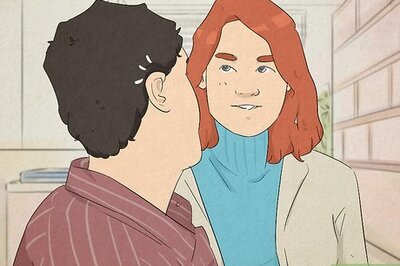
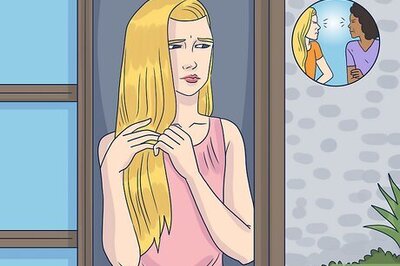
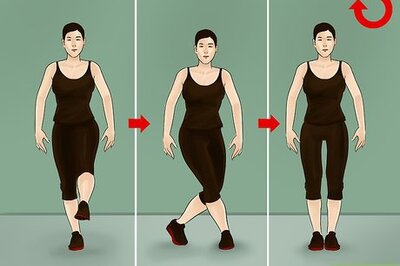


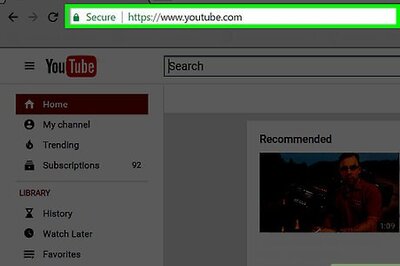
Comments
0 comment